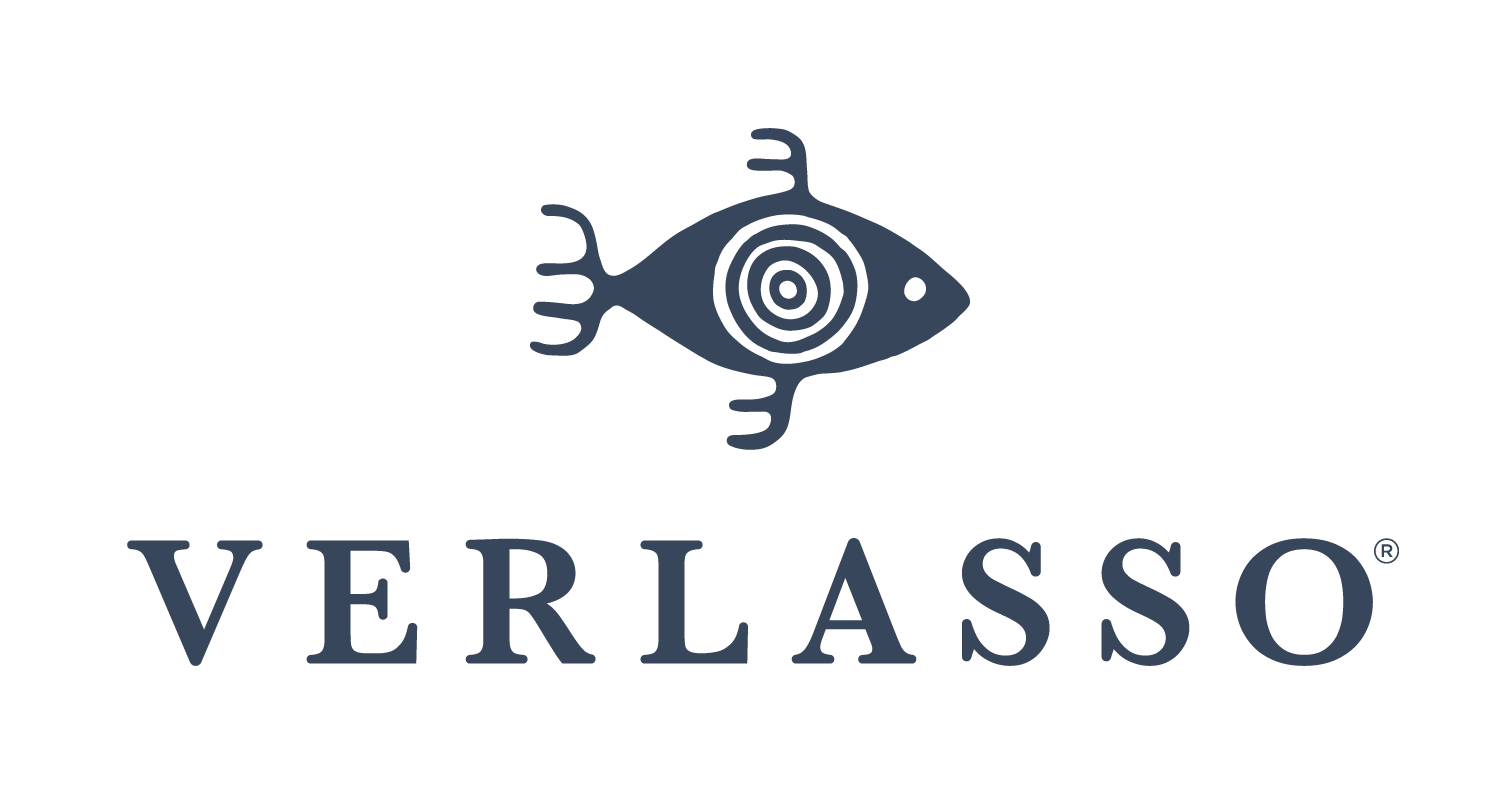The Feast of the Seven Fishes dinner on Christmas Eve has been an Italian-American tradition for many years. It is typically a lengthy dinner with at least seven fish or seafood courses, sometimes as many as twelve depending upon the family. The fish that are included and how they are prepared depend upon the long-standing traditions of the family. At Verlasso, our celebration is easy to agree on, so we decided to put our spin on this tradition and have a "Feast of the Seven Salmon!”
How did we choose our recipes? They were chosen to highlight the best qualities in the salmon for each course. Each recipe builds off of a holiday theme and can work well as a stand alone dish or can be made all together. The holiday dip is the perfect ready-in-an-instant holiday appetizer, and the cedar-planked Verlasso salmon lasagna can be made for any weekend dinner. We love the citrus cured salmon as it’s a make-ahead recipe that keeps in the refrigerator for several days. When served course by course, this meal builds beautifully, adding different flavors and textures to the traditional feast.
At this time of year, it’s important to celebrate, but also important to think about how to be the most sustainable during this somewhat gluttonous time. Here are a few of our tips to make the meal and the holiday the best it can be.
“...Verlasso farmed fish only use 1 pound of feed and 1 gallon of water to raise vs the standing rib roast you might be thinking of serving which takes nearly 13 pounds of feed and 2,500 gallons of water.”
When it comes to the Feast of the Seven Salmon dinner table, there are a number of easy things you can do to cook more sustainably. The first is to look for ingredients that are sustainably raised. In the case of fish and seafood, for example, the seafood counter at the grocery store can seem awash with confusion. But Monterey Bay Aquarium Seafood Watch offers a free downloadable app that can tell you exactly what is considered sustainable seafood and what is not. Just type in the seafood you are thinking of buying and the country it comes from, and it will instantly tell you if it’s good to buy or not. Always buy fish rated Yellow or Green. Take Verlasso salmon, for example. It is the first farmed salmon to receive a good buy alternative rating from Seafood Watch. Look for the gill tag on the fish or fillet. Or ask! The most important thing you can do is to ask where your food comes from and to be an educated buyer. You may not realize it, but by simply placing fish on your holiday table, you can save numerous resources. Sustainably farmed fish is the least resource-intense animal protein on the planet! In fact, it only takes 1 pound of feed and 1 gallon of water to raise Verlasso salmon vs. the standing rib roast you might be thinking of serving, which takes nearly 13 pounds of feed and 2,500 gallons of water.
Here are our other tips for making your feast or holiday party more environmentally friendly!
Simply use plates instead of disposables. If you have to use disposable tableware, use something that comes from renewable resources, like bamboo utensils.
Shop for locally sourced ingredients in bulk packages to reduce packaging waste.
Minimize trips in the car by planning a list ahead of time so that you can shop for nonperishables at the beginning of the season and perishables as the occasions get closer!
For wrapping gifts, find reusable materials or gift bags.
Between all of the extra holiday driving, cooking and even gift wrapping that gets thrown away, it can be overwhelming to think with a sustainable mind. In fact, 25% more trash is generated in November and December than any other time of the year. On average, every American family wraps three gifts. If we all used some type of reusable material, we could save nearly enough paper to cover 45,000 football fields.
The holidays often feel stressful and overwhelming. With a little early planning and the introduction of new family traditions, you can give a gift to mother earth, along with the nourishing gifts that you give your family and friends.








